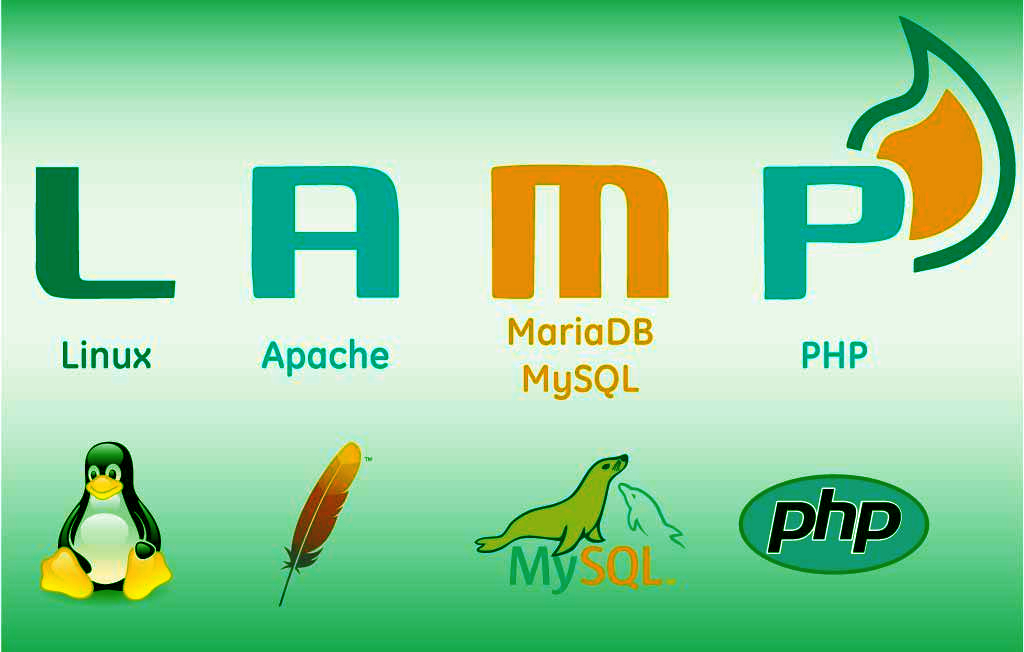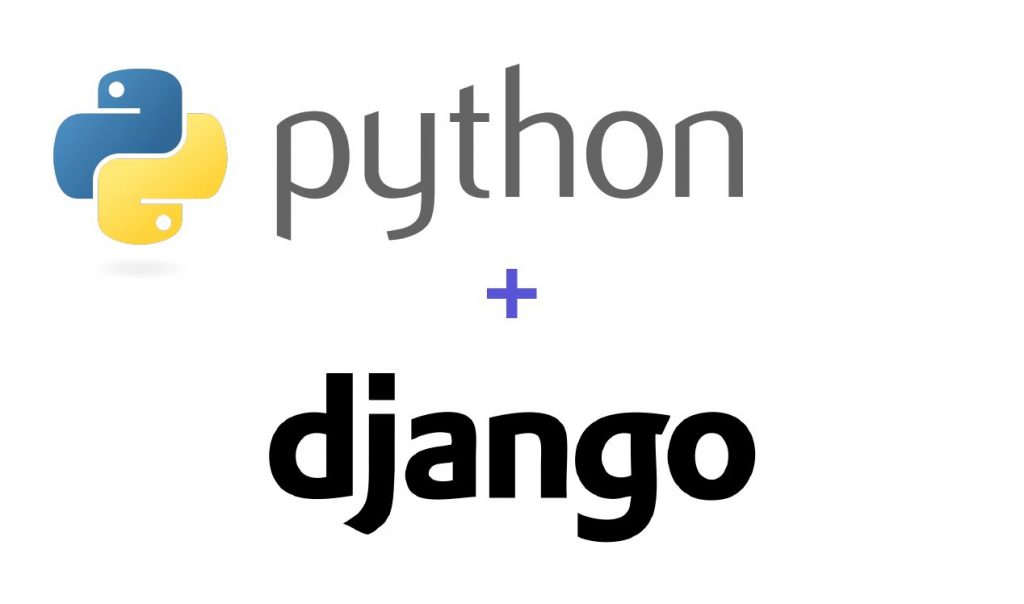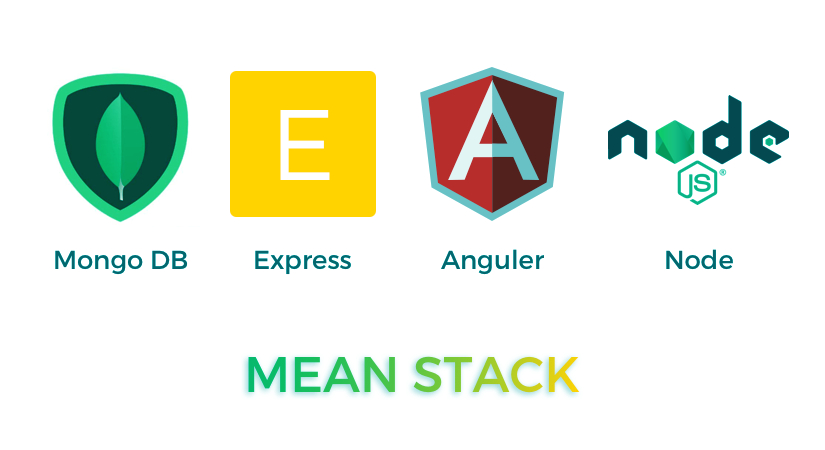
How to Choose a Proper Technology Stack for a Web Application
Before launching any IT project, a company goes through numerous processes of decision-making and planning. This stage is crucial, and it influences the product’s destiny much.
Choosing a proper technology stack may influence development time, cost, application quality, and scalability.
This article aims to explain what a technology stack is, review modern technologies, their pros, and cons, and help understand technology-requirements matches.
What is a technology stack for web application development?
A technology stack is a set of programming languages, frameworks, and software used for application development.
Any web application is divided into two main categories, namely client (front-end) and server (back-end) sides.
Front-end Development
Front-end is everything users see on the screen; its main elements are:
-
HTML (HyperText Markup Language) is used to structure and display a web page’s content.
-
CSS (Cascading Style Sheets) is used to design the content’s style on the web page, e.g., colors, fonts, sizes, etc.
-
JavaScript is a programming language that makes an application interactive.
You may also apply various useful frameworks, e.g., React.js, Angular, or Bootstrap.
Back-end Development
Back-end works behind the screen and is not visible for application users. It ensures communication between each of the application’s components. Thanks to back-end development, each of the components understands the way to respond to user requests.
The back-end development consists of several parts:
-
Programming languages (e.g., Java, C#).
-
Frameworks (e.g., Spring, .NET).
-
Databases (e.g., PostgreSQL, MongoDB).
-
Server (e.g., Apache, Nginx, or serverless architecture).
Let’s take a look at the technologies used for all of these.
Popular Technology Stacks for Web App Development
Although no readymade combinations may fit your project perfectly, some stacks ensure that their combinations of tools are reliable and nicely working together. Let’s take a brief look at each of the most popular modern stacks.
LAMP
LAMP refers to Linux, Apache, MySQL, and PHP (and Pearl or Python in some variations). It is widely used by Full-stack developers thanks to its security, flexibility, and customization possibilities.

Python-Django
This stack is obviously based on Python and uses Django for back-end development. It also uses Apache and MySQL. It suits best for building a quick web application.

MEAN
MEAN is for MongoDB, Express.js, Angular, and Node.js. This stack uses JS for both front-end and back-end development. Many companies use MEAN to develop high-performing and scalable applications.

MERN
MERN stands for MongoDB, Express.js, React (or Redux), and Node.js, where React.js is used for developing front-end, and Node.js for developing back-end. MERN suits best for both developing single-page responsive applications and large web applications with a variety of functions and numerous pages.
Though MERN and MEAN are pretty similar, you should learn about the differences between Angular and React.js before choosing one of them.

What are the main criteria for choosing a technology stack?
It is not simple to choose a proper stack for a project considering the fact that so many exist. However, there are some factors you must consider to choose the right stack.
Project size
In case your project is small, you can surely go with Python+Django. If you consider choosing a full-stack option even though your project is small, you can try Node.js or React.js.
For mid-sized projects, it is crucial to choose a full-stack like MEAN or MERN.
For large products (e.g., marketplaces, social networks, etc.), you would certainly need a well-chosen technologies combination. You should start with selecting core technologies (e.g., React.js, Angular, Ruby, or Rails) and then add the most appropriate tools and programming languages to it, considering the product’s specific needs and desired functionalities.
Development Time Frames
After you have chosen all the elements of your stack, revise if your team has enough time to develop it. If you need to launch the product fast, consider using tools that allow integrating third-party services, which reduces development time. MEAN is a good stack for such cases.
Desired Scalability
If you want your application to be scalable with your business expansion, it is crucial to choose the proper tools. In case good scalability is required, consider choosing Angular or Node.js. You can use MEAN or make your combination with Angular or Node.js in such a case.
Security
The most modern frameworks provide some security recommendations. You should ensure following the recommendations while developing the product.
Budget
Many modern frameworks and tools are free and provide open code. However, you must still hire a development team. Thus, you should understand how many developers do you need for specific technology and your time frames.
Aside from developers, you should also count on the server supporting expenses. In case you want to reduce the product’s costs, consider choosing a serverless architecture.
Conclusion
Choosing the right technologies stack is very important for the product’s success and fitting into the time and budget frames.
To select the most matching stack, you should learn their main features and consider the facts that may influence your decision.
Every project requires a specific approach, and it is crucial to provide one.



